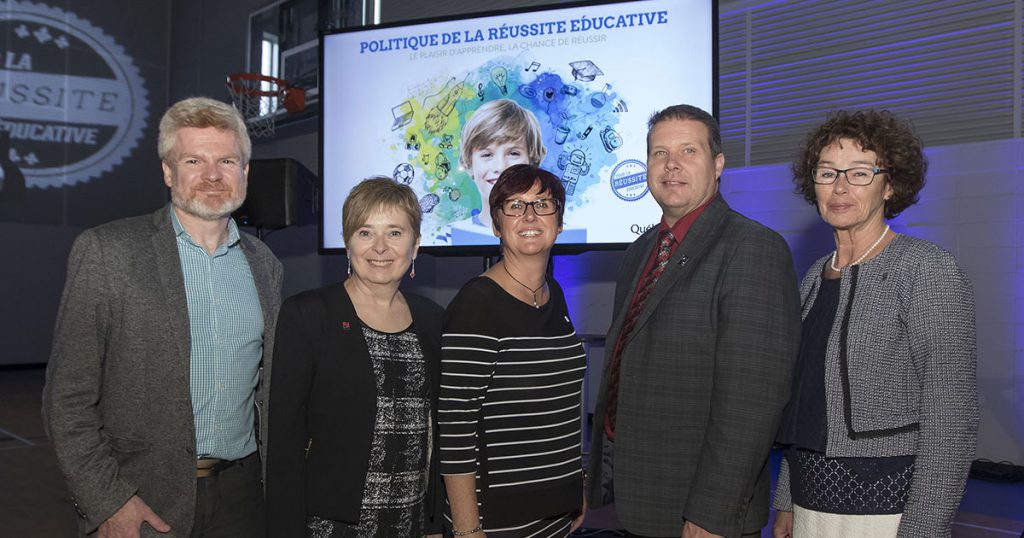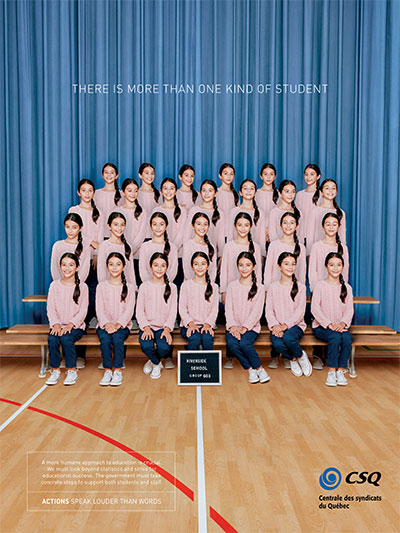While the CSQ has welcomed the new policy, it has also reminded the Minister that all of the good intentions it contains must be translated into concrete actions quickly.
The Policy at a glance
The Policy extends over a span of 12 years until 2030, following the educational path of students from preschool to the end of high school. It contains 37 measures that will be used to determine the success of the seven objectives the government has set for itself.
The Policy will be implemented gradually over the coming months and years through a variety of strategies, issues tables, action plans, and various undertakings. At this time, there remain many questions regarding the ways in which these will be developed and with whom, as well as the resources at their disposal.
Though we will not be reviewing the objectives, orientations, and numerous action plans outlined in the Policy here, we will highlight some of the elements we view favourably, and others we find deplorable.
timeline set by the Policy
12 years
to follow students from preschool to secondary V
7
objectives to achieve
37
measures
Favourable elements
Generally speaking, the Policy proposes a long-term vision with a view on continuity. It opts for a comprehensive vision of educational success over school success, within a structural continuum that extends from early childhood to adulthood. This is an element we have been demanding for many years.
Furthermore, the Policy affirms the importance of early intervention, as soon as needed, and in every sector, including vocational training and general adult education. It also recognizes the importance of literacy and numeracy, and makes the fight against illiteracy a central issue.
We can also favourably mention the major undertakings about the teaching profession, as well as the action plans for school infrastructures, but we must be cautious as these will depend on the form they will take.

Deplorable elements
For the moment, we are disappointed not to have more information on action priorities, the specific process, and the timeline for implementation.
More so, we deplore that certain actions essential to success have been swept under the rug. The Policy barely touches the question of social and educational diversity, as well as the tenuous, not to say non-existent, links with social mechanisms necessary to improve the living conditions of students.
Also, very little is made about improving the working conditions of personnel. Yet, attracting, integrating, and retaining personnel all make for improved learning conditions for students.
What seems planned in the short term
Several elements will be implemented gradually. Despite the little bit of information we have at this moment, what we do know at the time of writing suggests that some projects will require our attention this fall.
The plan of action for digital technologies in education, the task force to establish a national institute of educational excellence, and the issues tables on educational success among Indigenous students are all mandates that may require our focus in the short term.
In fact, the CSQ has shared its desire with the minister to actively participate in the work of these three issues tables. It is essential that the point of view of education personnel be considered in these areas, as with all other projects to come.
Rest assured that we will continue to keep a close watch on the direction the Policy on Educational Success will be taking this fall.
1 To learn more about the Policy: securise.education.gouv.qc.ca/politique-de-la-reussite-educative/.

